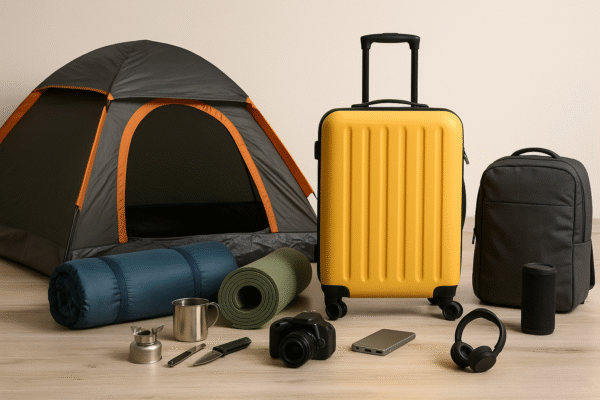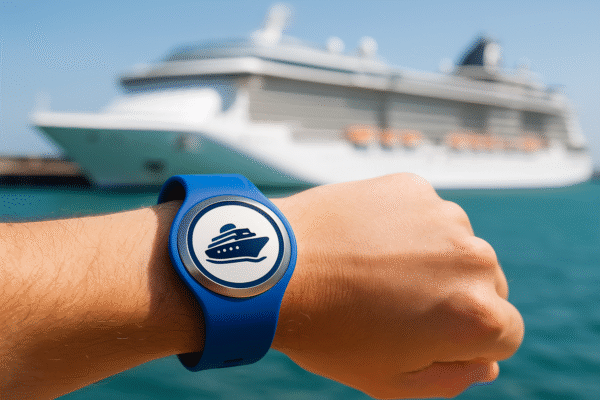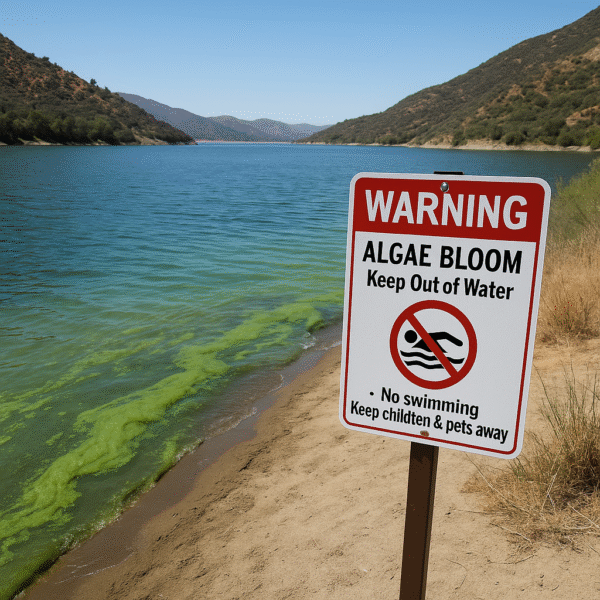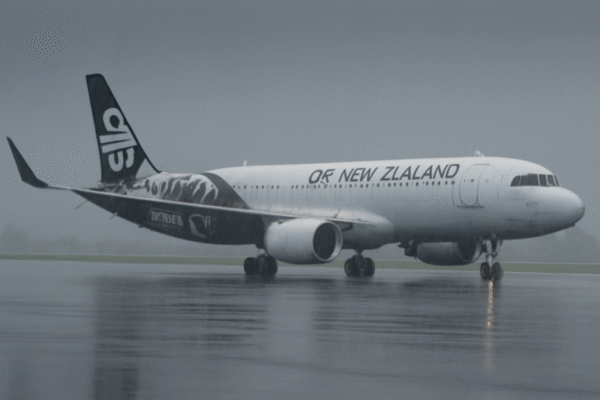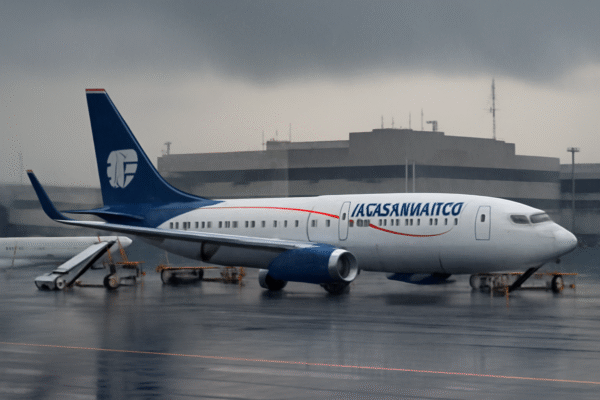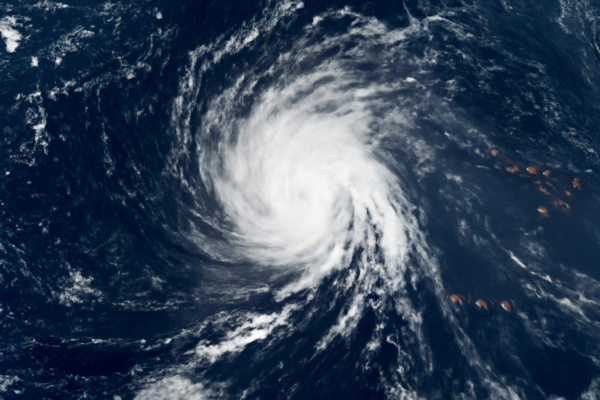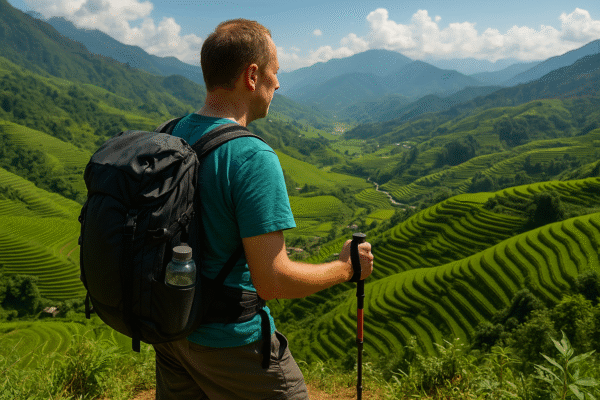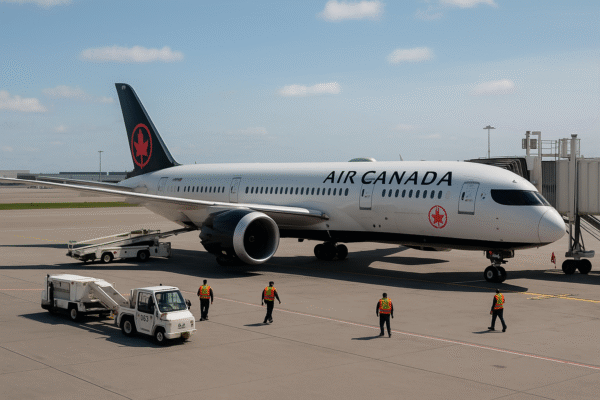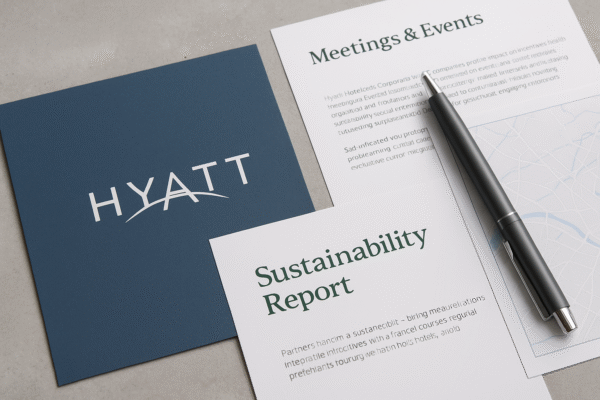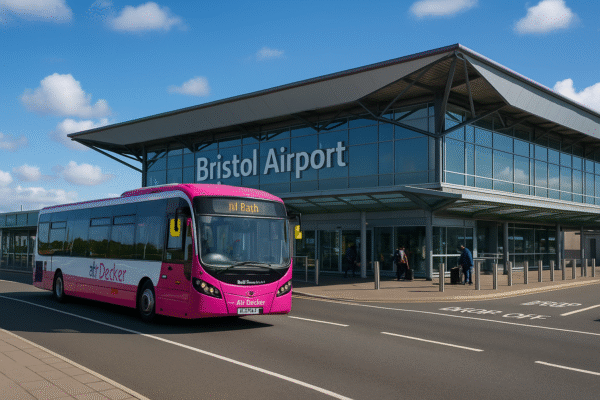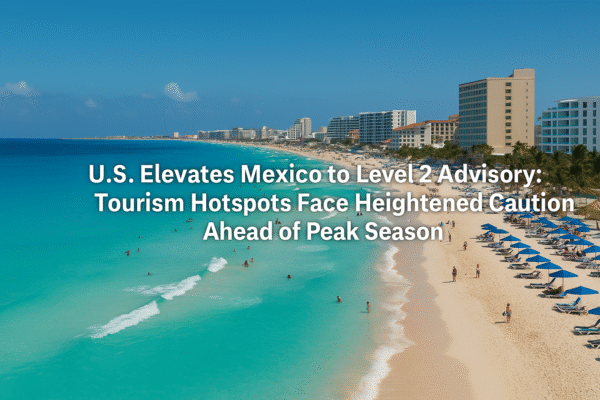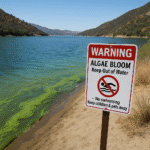With the U.S. State Department updating Mexico’s travel advisory to Level 2 – Exercise Increased Caution, the travel and tourism sectors must brace for increased booking inquiries and potentially shifting consumer sentiment. Popular destinations like Cancun, Los Cabos, Puerto Vallarta, Mexico City, and the Riviera Maya now carry red flags due to rising concerns around crime, violence, and organized criminal activity.
Context & Catalysts
This update comes amid a broader public safety campaign from Mexican authorities. Under the banner “Operation Summer Vacation 2025,” over 7,000 military personnel—including National Guard, Navy, and Army—have been deployed across Quintana Roo to safeguard more than 2 million tourists expected this summer and early fall. While this heightened security presence may reassure some, others—particularly those seeking a relaxed getaway—may perceive it as alarming.
Risk Profile for Tourism Hotspots
Despite Mexico’s enduring allure as a top vacation spot, the advisory underscores real safety concerns:
- Crime & Cartel Influence: Incidents ranging from petty theft to cartel-related violence are influencing traveler behavior.
- Kidnapping Risks via Dating Apps: Recent alerts highlight kidnappings tied to dating apps in Jalisco (Level 3) and Nayarit (Level 2), with victims targeted after meeting strangers online.
- Continued Crime in Border Regions: American travelers remain vulnerable to cartel activity in border areas such as Nuevo Laredo and Tamaulipas
- Tiered Risk Landscape: While Quintana Roo and Baja California Sur reside under Level 2 advisories, states like Jalisco face a heightened Level 3 – Reconsider Travel, and several other regions remain Level 4 – Do Not Travel zones
Implications for Travel Stakeholders
1. Communication Strategy Overhaul
- Prioritize Transparency: Tour operators and hotels should proactively share safety protocols, local partnerships, and security measures.
- Shift Messaging: Position destinations not just as picturesque, but as responsibly managed with active safety strategies.
2. Rethink Tour Design & Itineraries
- Safer, well-patrolled areas in the Riviera Maya or Cabo may now be emphasized over riskier zones.
- Emphasizing daytime, guided excursions and avoiding nightlife-heavy offerings can reassure cautious travelers.
3. Travel Insurance as a Value Add
- Educate guests about coverage for medical emergencies, trip cancellations, and evacuation. Make policy options front-and-center at booking.
4. Training & On-Ground Preparedness
- Empower staff with clear protocols for emergencies, guest communication, and coordination with local authorities—even routine safety drills can boost confidence.
5. Monitor Consumer Trend Shifts
- The industry should watch whether inquiries pivot toward lower-risk states like Campeche and Yucatán (Level 1), while travel to high‑risk zones slows
Recommendations for Travelers (to be relayed by providers)
- Stay Alert, Especially After Dark: Stick to well-lit, populated tourist zones in Cancun, Tulum, and Playa del Carmen
- Use Trusted Transport: Prefer hotel-arranged transfers and pre-verified services. Avoid ride-shares or informal taxis.
- Limit Digital Risks: Avoid meeting strangers from dating apps in private settings. Always meet in public places, share plans with contacts, and carry emergency contact info
- Secure Valuables & Be Vigilant: Don’t flaunt expensive items, and consider personal GPS trackers—especially useful during nightlife excursions
- Enroll in STEP: Use the U.S. Department of State’s Smart Traveler Enrollment Program to receive timely updates and notifications
Final Thoughts for the Travel Sector
This Level 2 travel advisory acts as a significant bellwether—a signal that trust and perception in Mexican tourism may shift. That said, Mexico remains a world-class destination with durable appeal. How the travel industry responds—through honest communication, thoughtful safety designs, and enhanced guest care—can safeguard demand and reinforce confidence.
Stay alert, follow Global Travel Wire.

